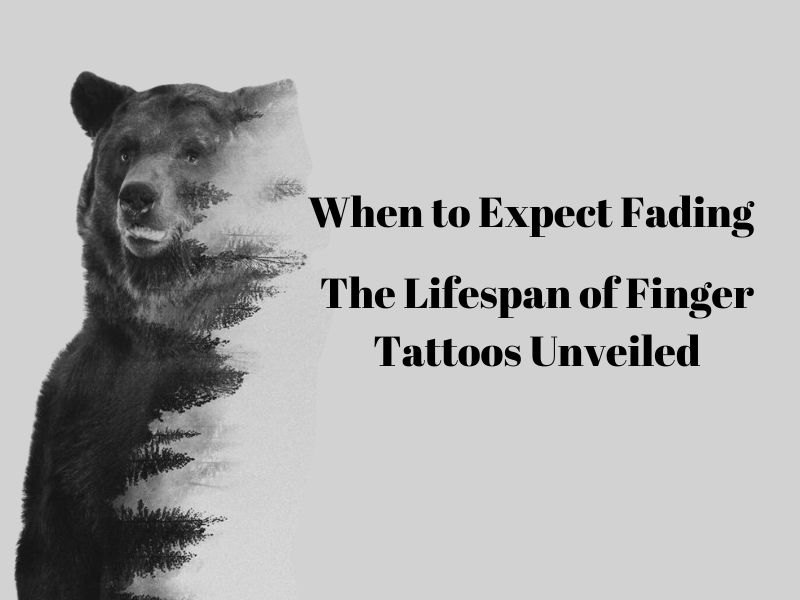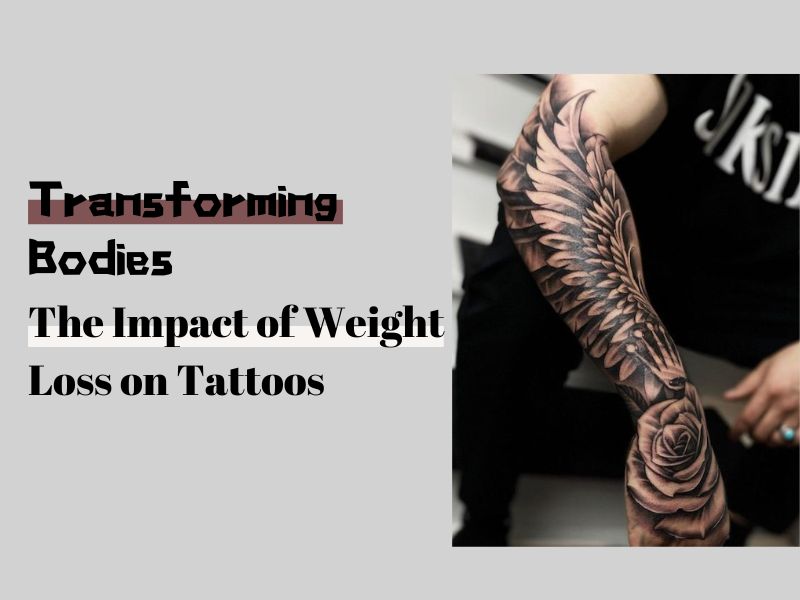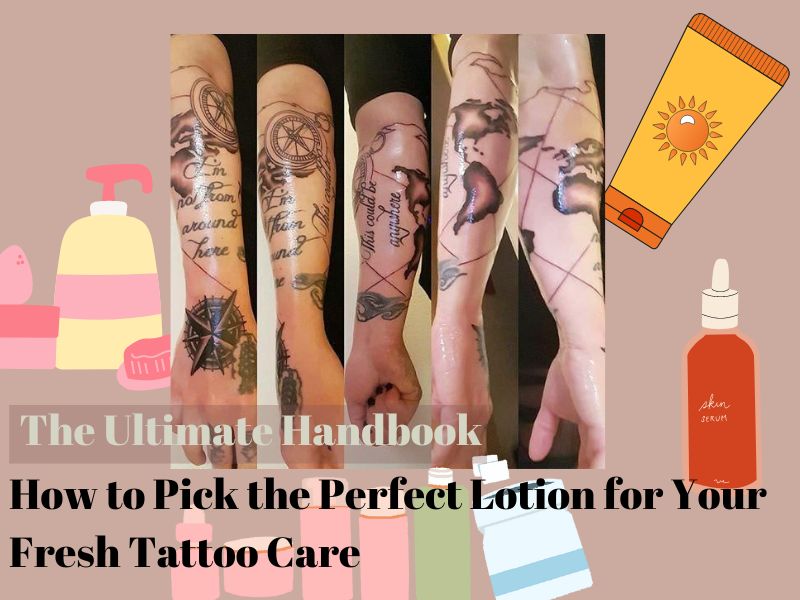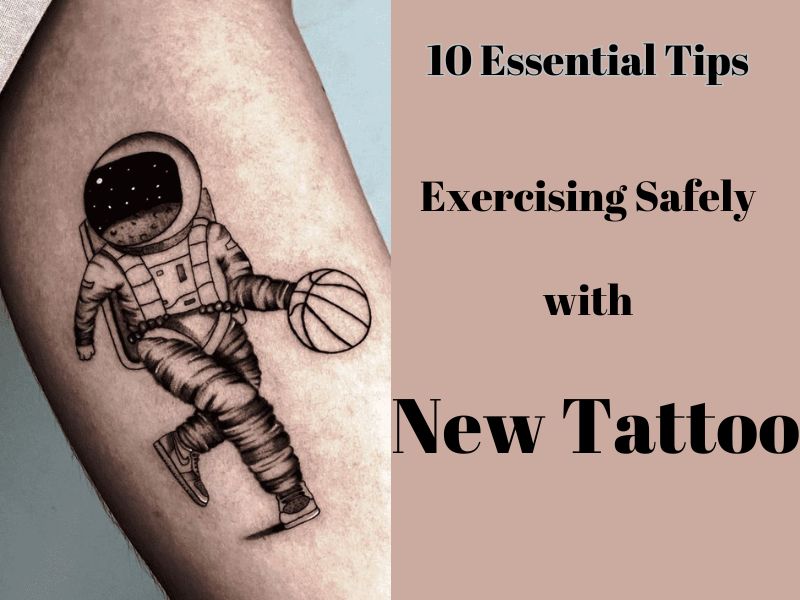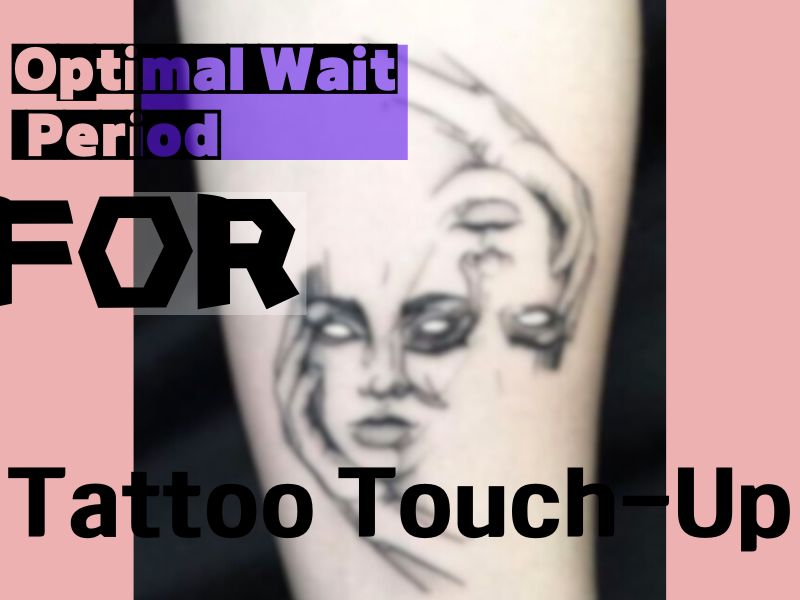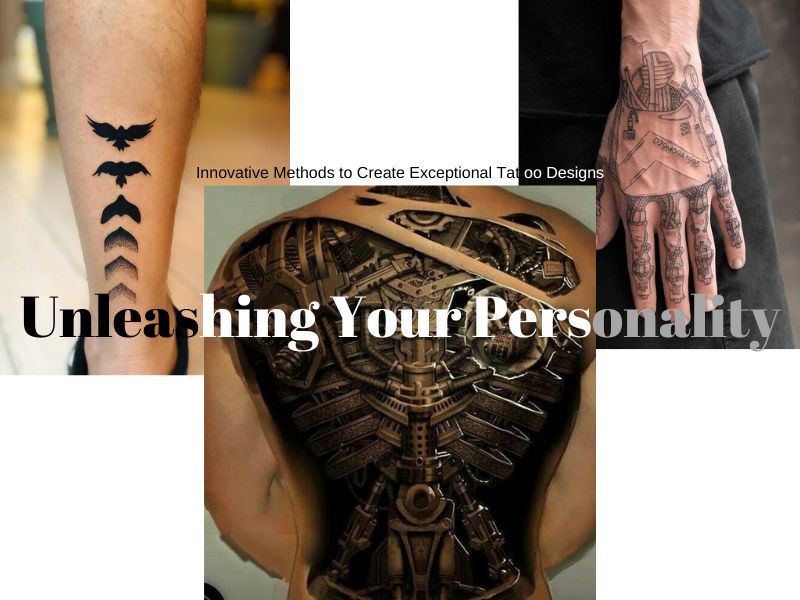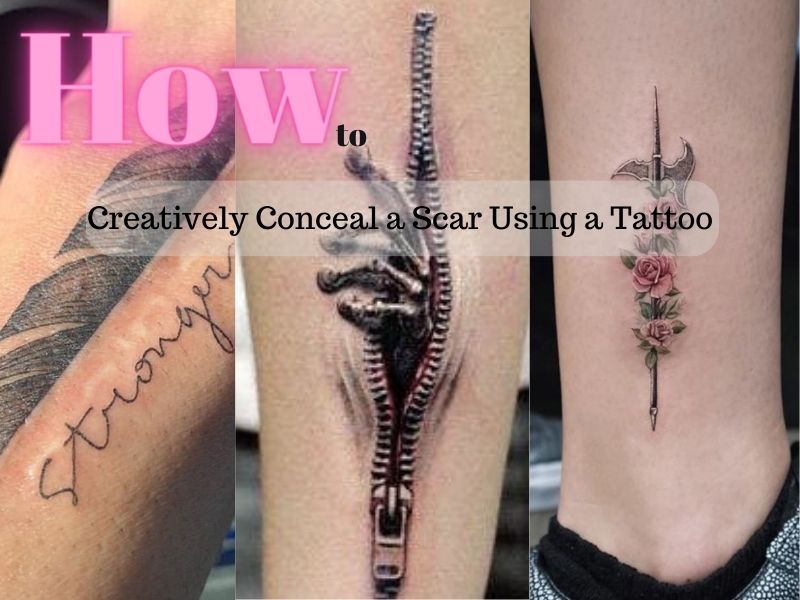Introduction
In recent years, tattoo culture has exploded, becoming a widely embraced form of self-expression across all ages and walks of life. Parallel to this, there’s also a rising global trend of health and fitness, with more people committing to weight loss journeys and body transformations. However, a question that’s increasingly being asked amid these trends is how these two worlds intersect — specifically, how significant weight loss might impact the aesthetics of tattoos. As body images transform, individuals with body art may start noticing a change in the appearance of their tattoos. These changes can often be a source of anxiety as it may distort the originally intended design. In other words, the body’s canvas is adjusting, throwing off the original artwork slightly or vastly. This intersection of tattoo and fitness culture is a new frontier that certainly warrants attention and understanding.
1. Understanding the Skin: Tattoos and Elasticity
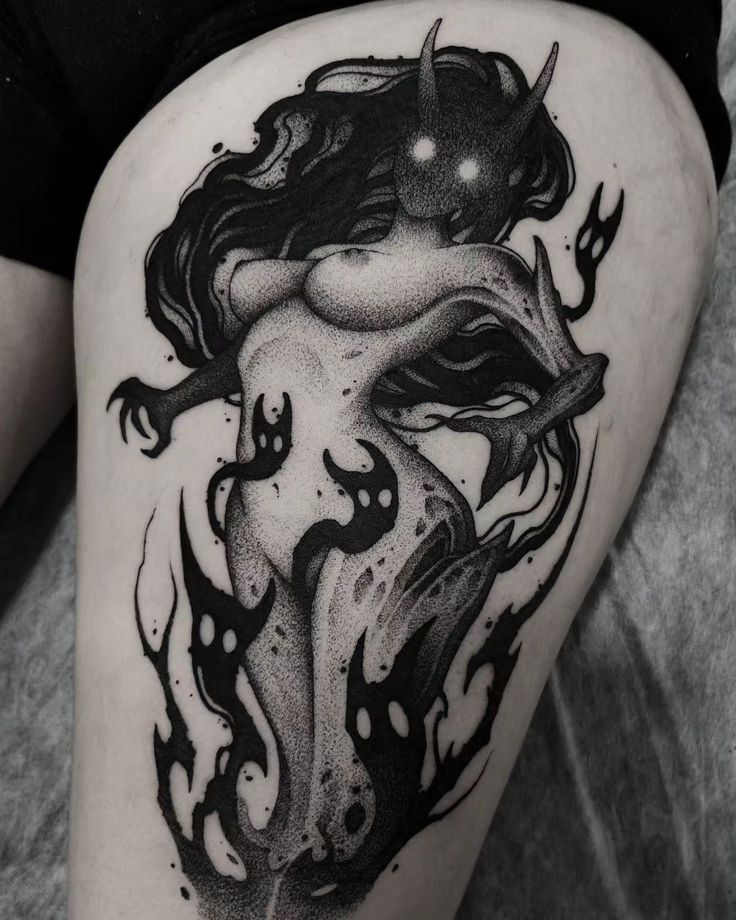
Envision your skin as a living canvas. Tattoos are not merely drawn on top of your skin, but rather intricately integrated with your skin’s structure. They’re crafted by injecting ink particles into the dermis – the second layer of your skin, which remains comparatively stable throughout your lifetime. Unlike the outermost layer, the epidermis, which is continuously shedding and rejuvenating, the dermis maintains tattoos as a somewhat persistent form of body art.
Now, imagine stretching this ‘canvas’ — what happens? Your skin, though wonderfully elastic, has its limit. Rapid weight gain expands the skin more than it usually stretches, which, when occurring swiftly, can distort the tattooed artwork. When this stretching happens to the dermis, where the tattoo ink resides, the tattoo also expands, causing the images to blur, stretch or even deform.
Now, conversely, consider the effects of rapid shrinking or deflation of your skin due to weight loss. When skin is unable to contract at the same rate as your weight loss, this can result in multiple folds or loose skin. Whilst the tattoo design remains the same size, the overall skin area around it has reduced. This mismatch can lead to the appearance of a distorted tattoo, further exacerbated if the weight loss results in stretch marks through or across the tattoo.
Essential to mention is the impact of skin health on tattoos. Moisturizing your skin helps maintain skin elasticity. Using oil-rich moisturizers like shea butter or coconut oil is one easy way to help keep the skin well-hydrated, thereby minimizing tattoo distortion. However, even the best-cared-for skin will naturally change over time and tattoos will change with it. A part of the journey of a tattoo is understanding and embracing this natural evolution.
Lastly, the shape of the tattoo design can impact how it looks with weight fluctuations. Simple, less intricate designs may weather changes in body shape better than complex, detail-rich tattoos. Consulting with professional tattoo artists can provide more personalized advice regarding design choices based on individual circumstances.
2. The Effects of Weight Loss on Tattoo Appearance
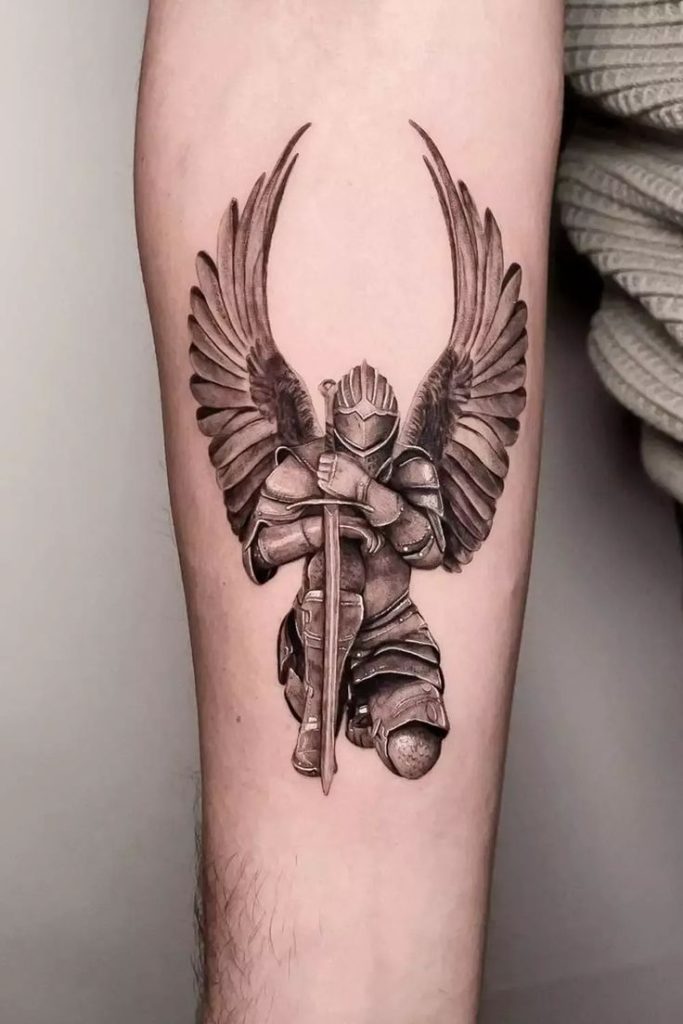
Significant fluctuations in your body weight can certainly have an impact on the shape, size, and overall appearance of your tattoos. When the structure of your skin changes due to a noticeable increase or decrease in body size, the tattoo ink can spread or condense accordingly.
Weight gain can cause your tattoo to stretch and possibly fade. As the skin stretches, the tattoo design may also distort, staying in the same proportion as your skin expands. Meanwhile, weight loss might cause the skin to shrink, leading to a condensed tattoo that may appear more concentrated and vibrant. However, with extreme weight loss, your skin may lose elasticity, which can lead to sagging and potentially distort the clarity of your tattoo.
Areas Most Susceptible to Change
Specific parts of your body might experience more noticeable changes in tattoo appearance when you gain or lose weight. The most common areas affected include your abdomen, arms, and thighs.
Your abdomen experiences significant stretching and shrinking with weight gain or loss, making any tattoo design placed here more susceptible to distortion. Similarly, your arms and thighs undergo notable changes in size with weight fluctuations.
Remember, the impact of weight loss or gain on your tattoos can vary significantly based on many factors, including your unique skin properties, the rate of weight change, the specifics of the tattoo designs and more. Consulting with a tattoo artist or a dermatologist can provide you with more personalized insight and strategies.
3. Personal Stories: Before and After Weight Loss Tattoos
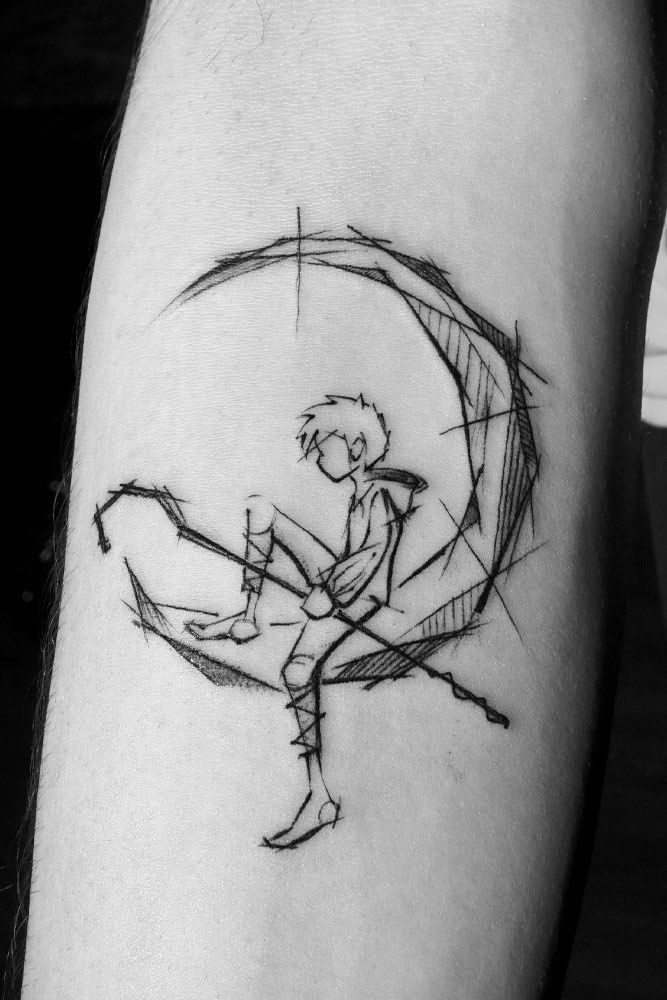
We’ve all heard the proverbial tales of tattoos changing due to weight loss, and real-life experiences certainly underline this phenomenon. Let’s dive into some insightful examples.
Take, for instance, Sandra. Having tattooed a vivid phoenix on her abdomen, she later embarked on a transformative weight loss journey. However, after she shed nearly 80 pounds, Sandra noticed that her phoenix – once vibrant and detailed – now appeared stretched and distorted, its fiery wings no longer as sharp as they used to be.
Then there’s Tim, a fitness enthusiast who had a tattoo of a barbell inked onto his bicep. After months of rigorous workouts and muscle gain, his once straight barbell started to curve along with the increased muscle circumference, showcasing how tattoos can alter in response to body transformations.
Lastly, let’s highlight Marianne, who had a dainty ankle tattoo of a butterfly. Following a moderate weight loss, the butterfly seemed mostly unaffected, showing that not all areas are highly susceptible to changes from weight loss. However, every person’s journey is different, and the response of tattoos to weight loss is also a consideration of individual skin elasticity and tattoo placement.
Therefore, it is crucial to remember that specific body areas might experience different effects based on the amount of weight lost, the speed at which it happens, and the elasticity of your skin. Weight loss and body transformation are personal journeys, and so is the story of every tattoo.
4. Professional Insights: Tattoo Artists and Dermatologists Speak
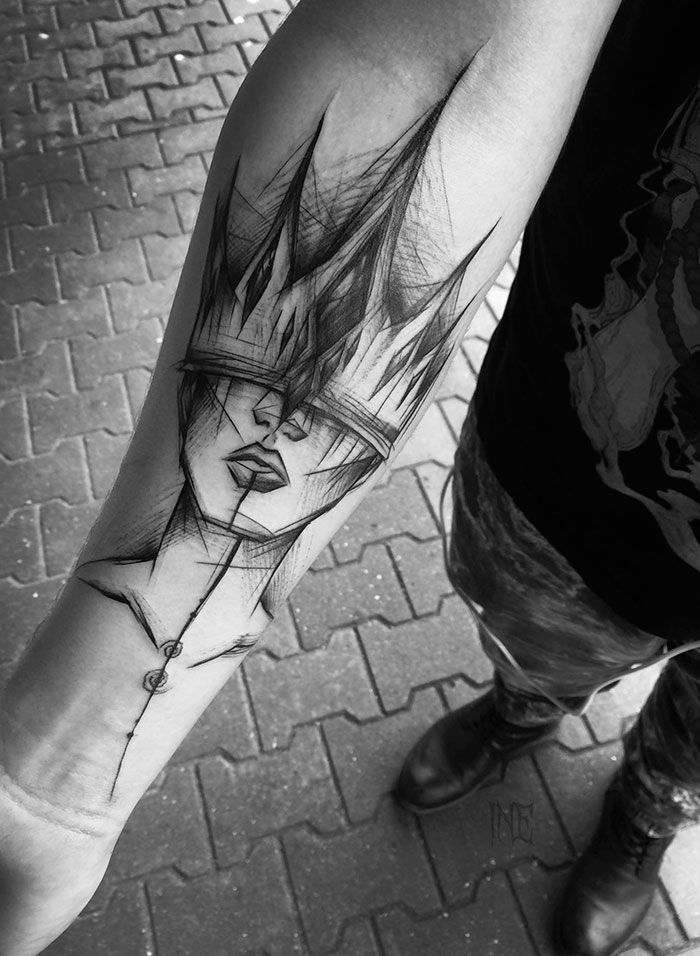
Rocking a bold, unique tattoo is a joyous experience, but it’s crucial to remember that how your skin behaves greatly influences the longevity and brilliance of the art. Whether you are already inked or considering a new design, let’s explore some expert perspectives on maintaining the integrity of your tattoos during weight loss.
Advice from Tattoo Artists
Tattoo artists dive into the layers of your skin with their needles, so it’s not surprising they have some invaluable insights. They emphasize that your skin’s condition during the tattooing process significantly impacts the overall look and quality of the artwork. Proper tattoo care before and after the procedure, as well as maintaining an open dialogue with your artist, is thus essential. They also point out that personalized or custom tattoos may be better suited to withstand bodily changes.
Dermatologist Perspectives on Skin Health
Dermatologists, the skin health gurus, bring another angle to the discussion. Their viewpoint? Maintaining skin integrity is key. Enhancing and preserving skin elasticity by moisturizing regularly is vital, particularly during weight fluctuations. Healthy skin often means a healthier-looking tattoo, so skincare should not be overlooked in your tattoo maintenance routine.
In the end, knowing the potential effects of weight loss on your tattoos and preparing for it can safeguard your body art’s quality. After all, tattoos are a long-term commitment that reflects your individuality – no weight change should spoil their magnificence!
5. Preventative Measures and Considerations

Embarking on a weight loss journey doesn’t mean sacrificing your love for tattoos. But, you should be aware that significant body changes can impact your ink. Try and foresee any considerable bodily transformations and consider them when planning your new tattoo, as weight loss can alter a tattoo’s appearance.
Remember, there are areas of your body such as the chest, back, arms, or calves, where tattoos are less prone to dramatic changes in comparison to the stomach, hips, or thighs. Discuss these factors with your tattoo artist to ensure the best placement and design.
Your body’s transformation does not have to compromise your self-expression through tattoos. By considering these aspects, you can preserve the integrity of your tattoo while celebrating your body’s transition.
6. Corrective Actions: Fixing Distorted Tattoos
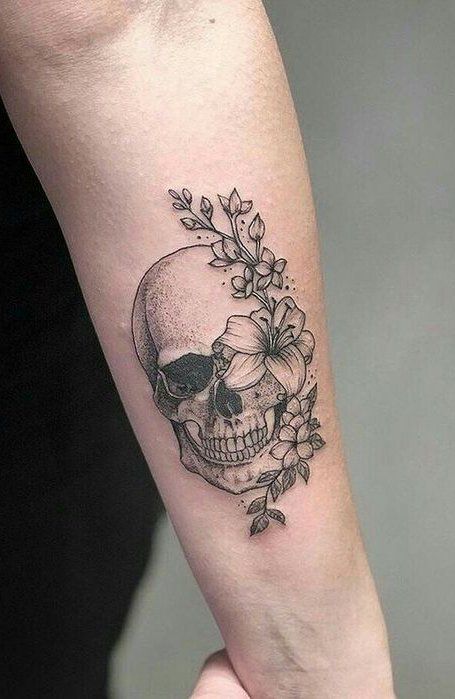
In your transformative journey of weight loss, your tattoos may also evolve. Some changes may be subtle, while others more prominent, but remember, there are remedies for every degree of distortion, including touch-ups, reworks, and cover-ups.
Touch-Ups and Reworks
If you notice alterations in your tattoo due to weight fluctuations, one of the most straightforward solutions is a touch-up. A skilled tattoo artist can revive the original art, ensuring that the outline and colors are as vibrant as they were when you first got inked.
Alternatively, a rework might be a great option if the changes to your tattoo are more dramatic. Here, the tattoo artist builds upon the existing design, adapting and reshaping it to fit your current body form. In this process, elements of the old design are retained, celebrating both your past self and your present achievements.
Compelling Cover-Ups
Timpani sometimes, a cover-up might be just what you need. This typically involves designing a brand new tattoo that melds seamlessly with the old one, incorporating elements of the existing design into the renewed artwork. It’s a fantastic way of marking the new chapter in your life, while still honoring your past.
Remember, the main goal for any touch-up, rework, or cover-up is to ensure you’re comfortable with how your tattoo looks, allowing it to continue being a source of pride, a marker of personal history, or a symbol of resilience.
7. Maintaining Tattoo Integrity During Weight Loss
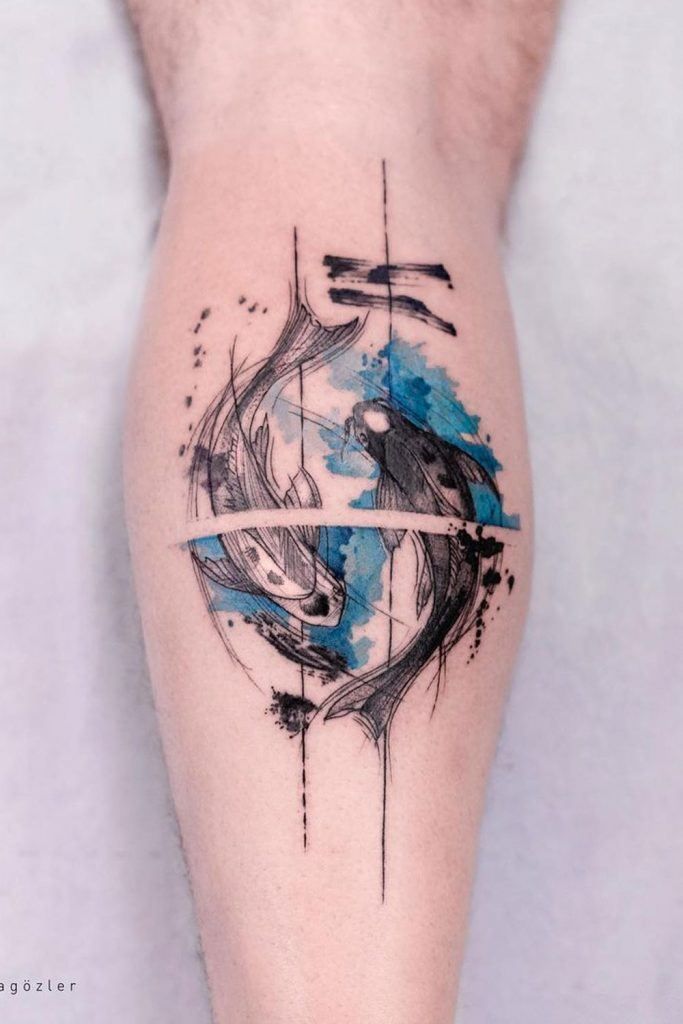
Hydrated skin is key to maintaining tattoo integrity during weight loss. Drinking enough water enhances skin resilience, helping it adapt better to changes in body mass and preventing tattoo distortion. Remember, more hydration equals healthier, more resilient skin.
Nutrient-Rich Diets and Skincare
Nutrition-rich diets bolster skin health, aiding in tattoo preservation. Additionally, specialized products like ForteTattooTech’s Healing Herbal Salve uplift skin health and elasticity, minimizing tattoo distortion.
Embracing Gradual Weight Shift, Avoiding Rapid Weight Changes
Gradual weight shifts prevent sudden skin stretching or contraction, safeguarding against tattoo distortion. Maintaining skin hydration and nourishment with generous moisturizing further enhances skin elasticity, accommodating body mass changes better. Adopt these practices to preserve your tattoos while enjoying your transformative journey.
Summarize
Encourage readers to take a thoughtful approach to tattoos if they’re planning significant body changes.
Whether it’s before or after losing weight, if you’re struggling to find a suitable tattoo image for yourself, it’s recommended to use the AI tattoo Generator to help you design the tattoo image you want.
FAQ Section
Can losing a significant amount of weight distort the appearance of existing tattoos?
Absolutely. Significant weight loss can indeed result in alterations of a tattoo’s physical appearance due to changes in the skin’s elasticity. When a considerable amount of weight is shed, the skin tends to fee thinner and tighter, which can affect the aesthetics of tattoos, giving them a faded and distorted look.
How does skin elasticity affect tattoo integrity during and after weight loss?
When you lose weight, two factors largely influence tattoo integrity: skin elasticity and pace of weight loss. Skin elasticity refers to skin’s ability to retain its shape after being stretched or contracted. If your skin has high elasticity, it’s more likely to smoothly adapt to your changing body shape, thus preserving the appearance of your tattoos. On the other hand, low elasticity can result in loose or saggy skin post-weight loss, distorting tattoo designs. Gradual weight loss gives the skin more time to adjust and shrink with the body, helping tattoos maintain their original look. However, sharp weight fluctuations can strain your skin’s elasticity, causing tattoo distortion.
Are certain areas of the body more prone to tattoo distortion due to weight loss?
Certain areas of the body that are more inclined to change shape and size during weight loss, such as the upper arms, chest, abdomen, and thighs, tend to be more susceptible to tattoo distortion. These areas often experience fluctuating levels of fat distribution and skin elasticity, causing tattoos in these locations to alter in size, detail, and symmetry. Therefore, considering your weight loss goals and the placement of your tattoo is crucial to maintain its visual integrity.
What are the best preventative measures to take when getting a tattoo if you plan on losing weight?
If you are planning to lose weight and considering getting a tattoo, a few preventative measures can help maintain the integrity of your ink. Being mindful of tattoo placement is crucial; choose areas less likely to be affected by weight changes (e.g., upper arms, chest). Also, it can be beneficial to wait until you are closer to your weight loss goal before getting a tattoo to minimize the risk of distortion. Opting for a gradual approach to weight loss allows your skin to adjust naturally, which helps to prevent excessive stretching or distortion of the tattoo.
What options are available for correcting or altering tattoos that have been affected by weight loss?
Various options are available to correct or alter tattoos that have been impacted by weight loss. Among them are touch-ups by professional tattoo artists who can enhance the existing design and restore its original look. Alternatively, a total rework of the art can also be done to ensure it adapts well to the current look of your body. A more drastic solution is the option of cover-up tattoos – the artist designs a new tattoo that not only matches your preference but also incorporates elements of the original tattoo. Lastly, using quality tattoo skin care products, such as ForteTattooTech’s Healing Herbal Salve, can help reduce the effect of weight fluctuations on your tattoos.

